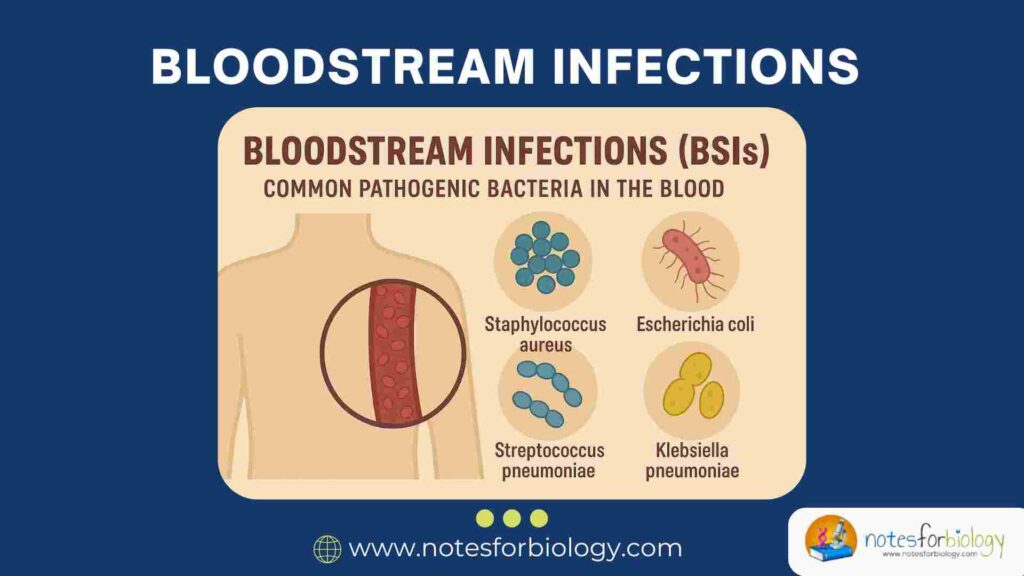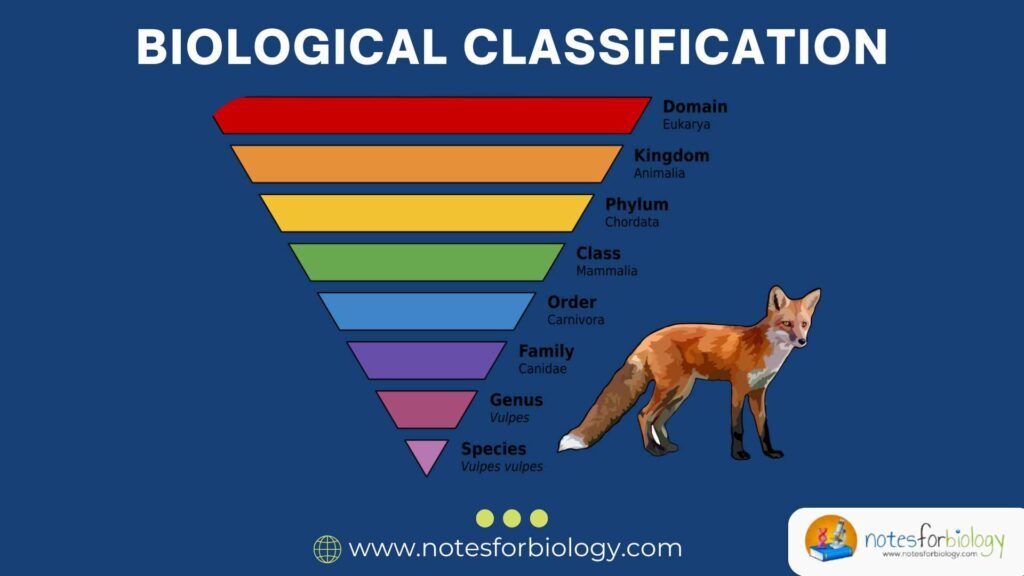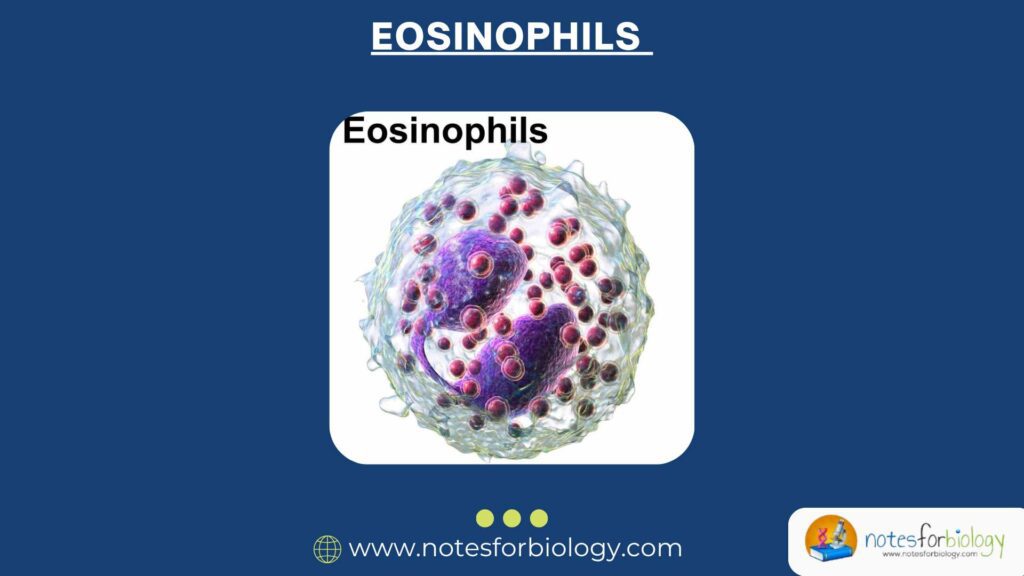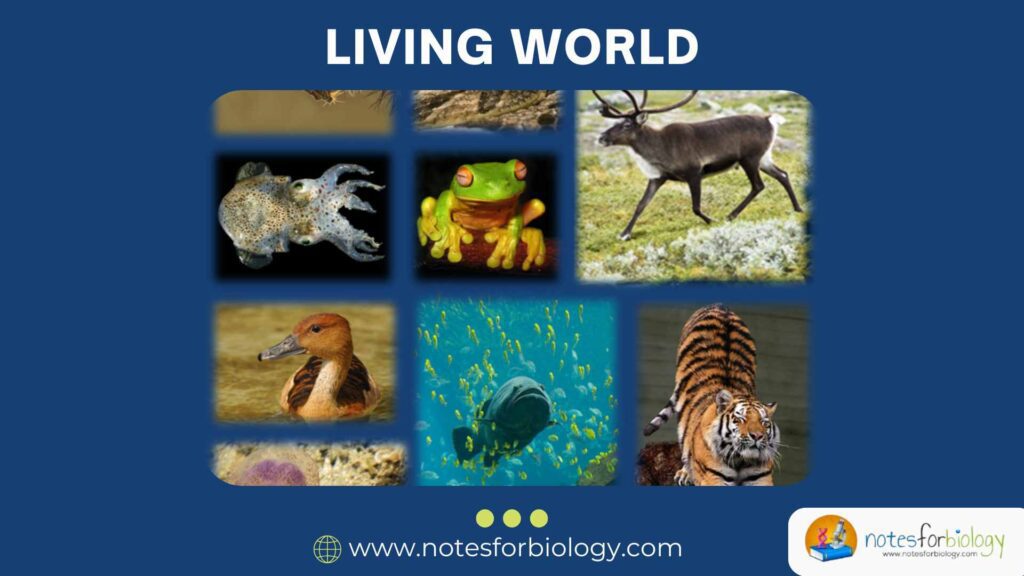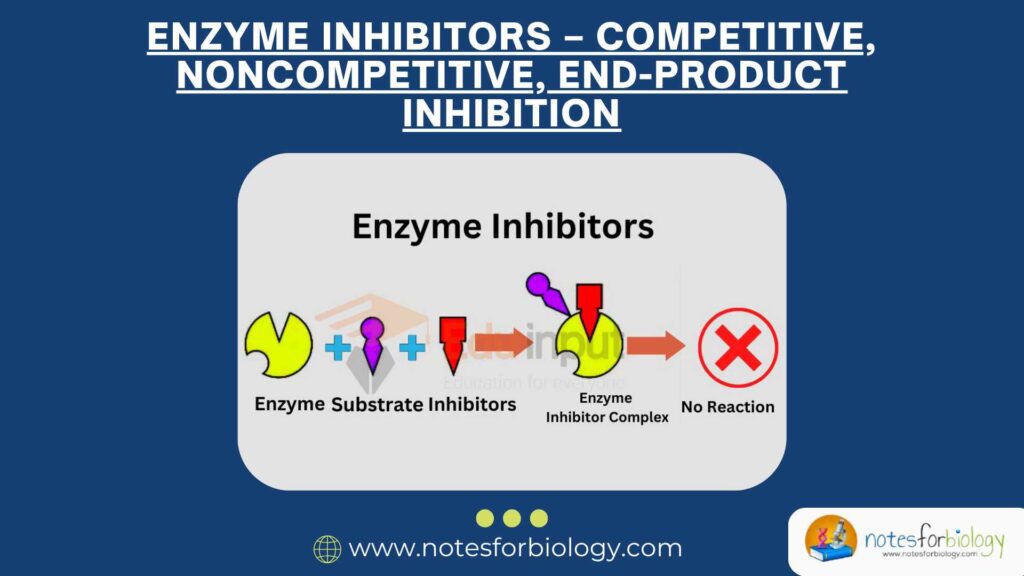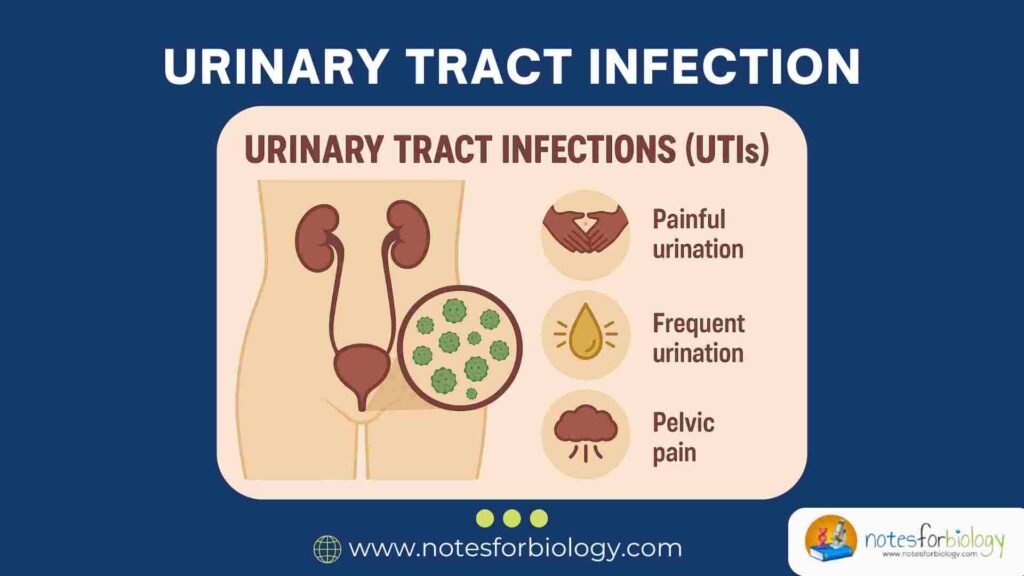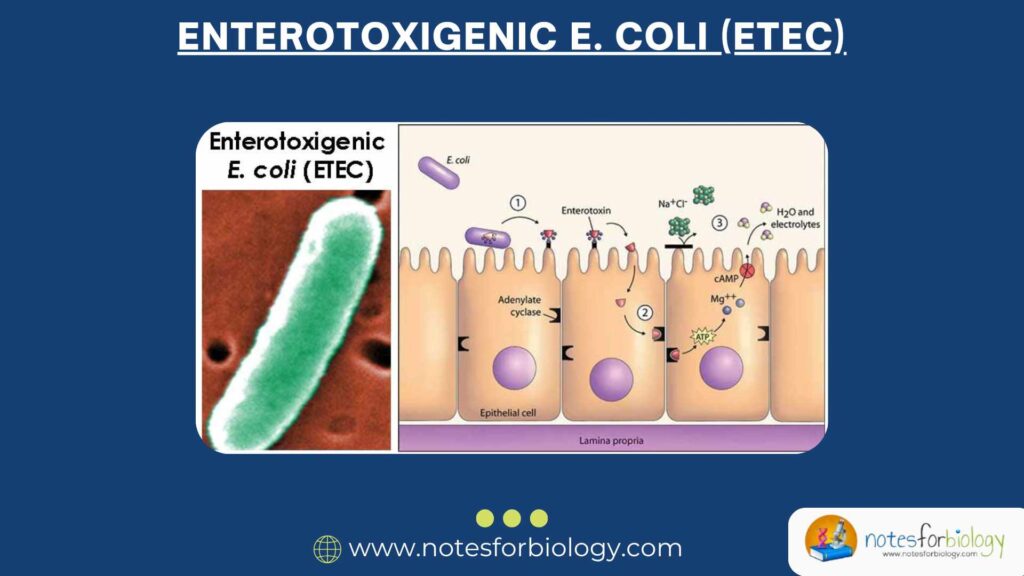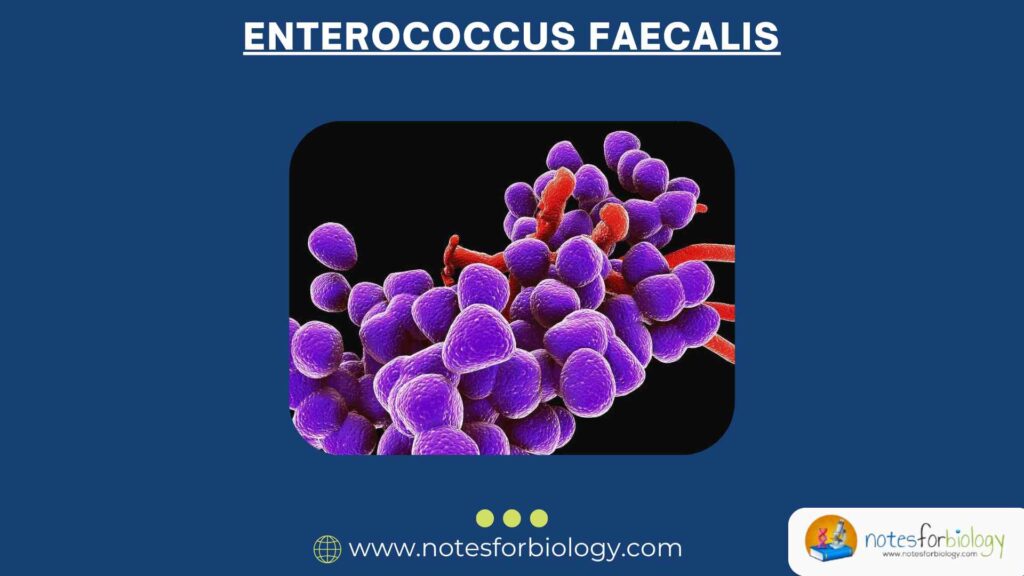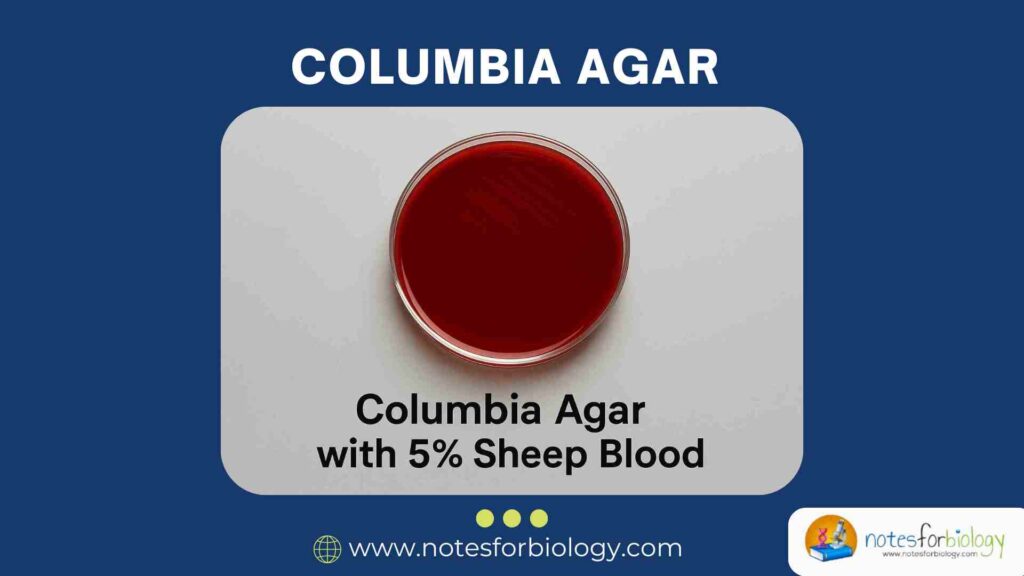Bloodstream Infections (BSIs) and Common Pathogenic Bacteria in the Blood
Detecting pathogenic bacteria in the bloodstream is critically important because these infections can rapidly progress to life-threatening conditions. Bloodstream infections (BSIs) represent a serious medical challenge worldwide due to their high morbidity and mortality rates. Understanding the bacteria responsible, their mechanisms of entry, and appropriate management strategies is essential to improving patient outcomes. BSIs often […]
Bloodstream Infections (BSIs) and Common Pathogenic Bacteria in the Blood Read More »

